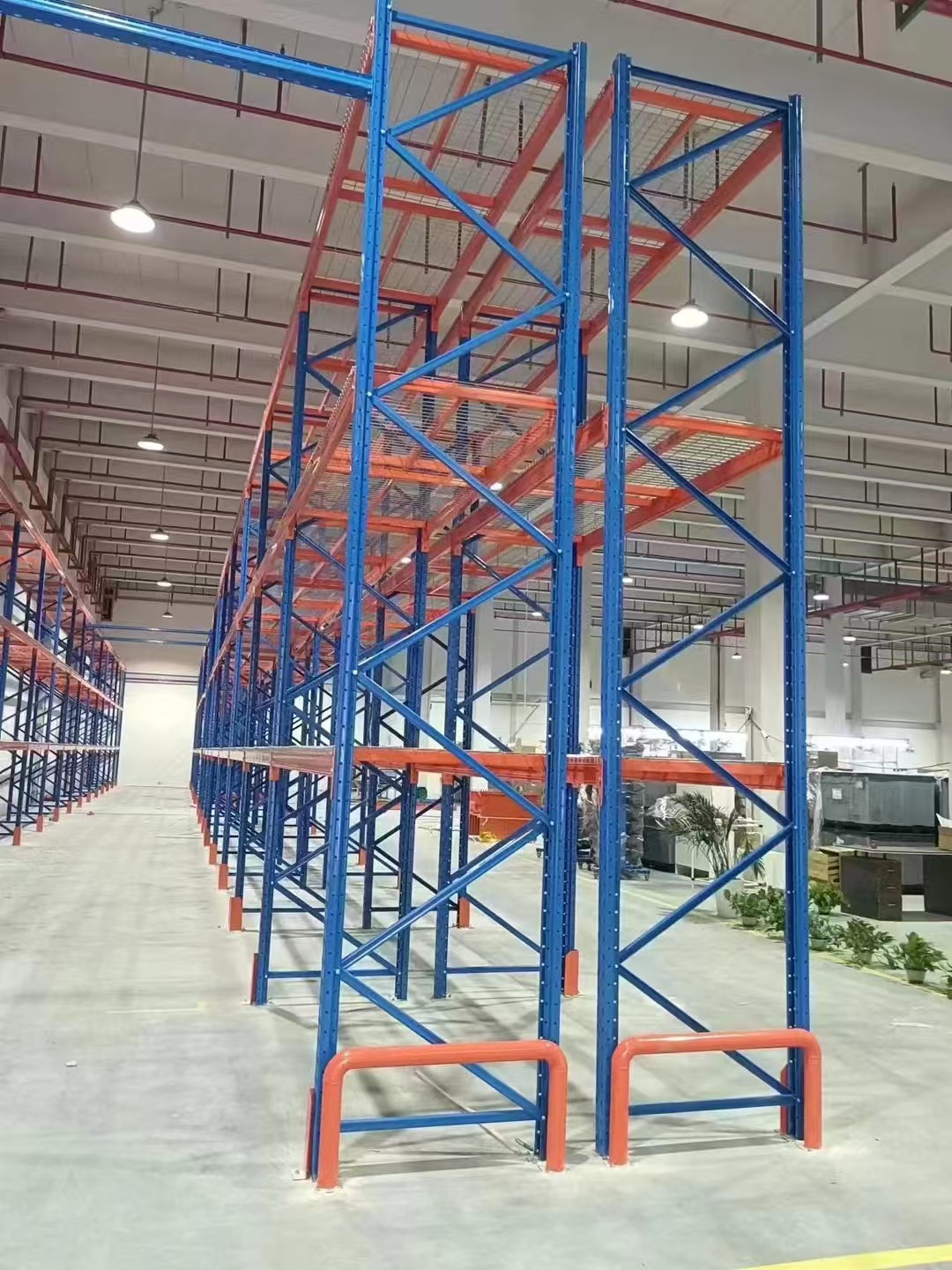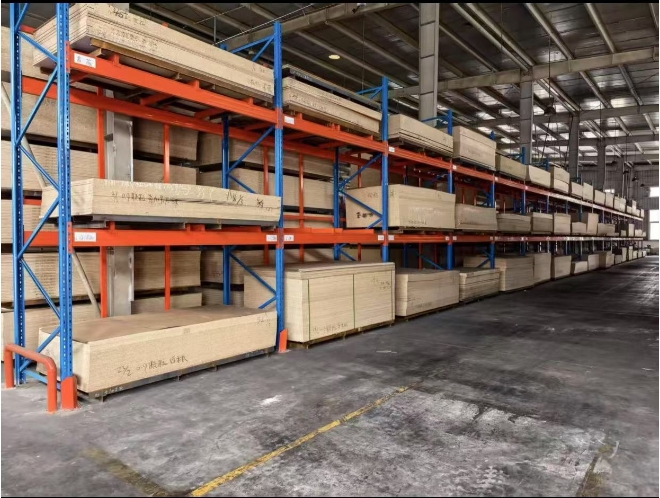In the quest for more space, homeowners often look outwards—considering expansions or sheds—before looking up. The unused vertical airspace in a room, especially one with high ceilings, is a goldmine of potential storage. This is where the ingenious concept of a storage loft platform comes into play. It’s more than a simple shelf; it’s a structural, functional addition that can transform how you organize your belongings. Whether in a garage, workshop, cabin, or even a modern apartment, a well-designed storage loft platform can double your usable space without a single brick being laid. This article explores five key ideas and considerations for integrating this powerful solution into your home.

A storage loft platform is a sturdy, elevated floor installed high within a room, typically leveraging the dead space near the ceiling. Unlike attic storage, which is often cramped and inaccessible, a loft platform is designed for easier access and heavier loads. It creates a dedicated zone for items that are used seasonally or infrequently, such as holiday decorations, sporting equipment, luggage, or archival boxes. The primary benefit is profound decluttering. By moving these items up and out of the way, you reclaim valuable floor space, creating a safer, more organized, and more productive environment below. Installing a storage loft platform is a strategic decision to utilize every cubic foot of your property efficiently.
The advantages of adding a storage loft platform extend far beyond simple storage.
Maximized Vertical Space: This is the most obvious benefit. It turns unused air into a highly functional area, effectively increasing your home's square footage without a costly renovation.
Enhanced Organization and Safety: A designated storage area reduces clutter on the floor, minimizing tripping hazards in garages or workshops. It also helps categorize belongings, making them easier to find when needed.
Property Value Appeal: A well-built and practical storage loft platform can be an attractive feature for potential buyers, signaling a smart, organized use of space.
Protection for Belongings: Keeping items elevated protects them from potential floor moisture, minor flooding, or pests, ensuring your seasonal items remain in good condition.
Cost-Effectiveness: Compared to the expense of building an addition, renting a storage unit, or even installing elaborate cabinetry, a loft platform is a remarkably affordable storage solution.
Not all loft platforms are created equal. The design you choose depends heavily on your space, needs, and budget.
The Simple Joist and Plywood Deck: This is the most common and DIY-friendly design. It involves securing sturdy wooden joists to the wall studs and/or ceiling joists and then decking over them with plywood. This creates a perfect open platform for boxes and bins.
The Shelved Loft Platform: This design incorporates shelving units or walls around the perimeter of the platform. This contains items and prevents them from falling off the edge, allowing for better organization of smaller objects.
The Heavy-Duty Rack-Supported Platform: For the ultimate in strength and flexibility, a platform can be built directly upon freestanding heavy-duty storage racks. This system is modular, adjustable, and doesn't require attaching to walls, making it ideal for rental properties.
The Customized "Mezzanine" Platform: In spaces with very high ceilings, a larger, more finished platform can be constructed. This might include a reinforced frame, a proper staircase instead of a ladder, and even railings, effectively creating a small mezzanine level.
Embarking on this project requires careful planning. Rushing in could lead to structural failure or damage to your home.
Ceiling Height and Clearance: This is the most critical factor. You must ensure there is enough height both below the platform (for moving vehicles or people) and above it (for actually storing items). A minimum of 18-24 inches of vertical space on the platform is recommended for standard bins.
Structural Integrity and Weight Capacity: You must determine what you plan to store. Lightweight Christmas decorations have very different requirements than heavy power tools or lumber. The platform must be designed to hold the intended load safely. This often involves using thicker lumber (e.g., 2x8s or 2x10s for joists) and securing it properly.
Attachment Method: How will the platform be supported? The safest methods involve securing ledger boards to wall studs or hanging the joists from existing ceiling joists. It is crucial to locate these structural elements and never attach significant weight to drywall or plaster alone.
Access: How will you get items up and down? Options include a fixed ladder, a library-style rolling ladder, or, for larger platforms, a small staircase. The choice of access will impact the platform's usability and safety.
Building Codes and Permits: For larger, more permanent structures, you may need to check with your local building department to see if a permit is required. Codes often dictate railing heights, stair specifications, and load requirements.

The decision to build a storage loft platform yourself or hire a professional hinges on your skill level and the project's complexity.
A DIY approach is feasible for individuals with intermediate carpentry skills. Projects using pre-designed kits or simple joist-and-deck designs are common weekend projects. The benefits are clear: significant cost savings and the personal satisfaction of building it yourself. However, it requires a solid understanding of structural principles, proper tools, and a helper for lifting heavy materials.
Hiring a professional is strongly recommended for larger, more complex platforms, especially those intended to hold very heavy loads or in spaces with unique challenges. A qualified contractor will ensure the structure is sound, safely attached to load-bearing elements, and compliant with any local building codes. While more expensive upfront, it offers peace of mind and a guaranteed, safe result.
Once your storage loft platform is installed, proper use and maintenance are key to its long-term functionality and safety.
Distribute Weight Evenly: Avoid placing all your heaviest items in one spot. Spread the weight across the platform to prevent undue stress on any single joist or attachment point.
Use Appropriate Containers: Store items in uniform, stackable plastic bins rather than cardboard boxes. Plastic is more durable, protects against dust and moisture, and makes stacking safer and more efficient.
Label Everything: Clearly label every bin on multiple sides. You won't have to move a dozen boxes to find the one containing your Halloween decorations.
Regular Inspections: Periodically check the platform for any signs of stress. Look for sagging joists, loosening screws or bolts, or cracks in the wood. A quick inspection once or twice a year can prevent major problems.
Prioritize Safe Access: Always use a secure ladder and ensure it is positioned on a stable, level surface. Never overreach when on the ladder; climb down and move it instead. For higher platforms, installing a safety railing is a wise precaution.
A storage loft platform is a transformative solution for anyone struggling with clutter and a lack of storage. By looking up and utilizing the vertical space you already own, you can create a highly organized, efficient, and safer home environment. Whether you embark on a DIY project or hire a professional, the result is a smart investment that pays dividends in space and peace of mind for years to come.
 Wechat
Wechat
 Whatsapp
Whatsapp